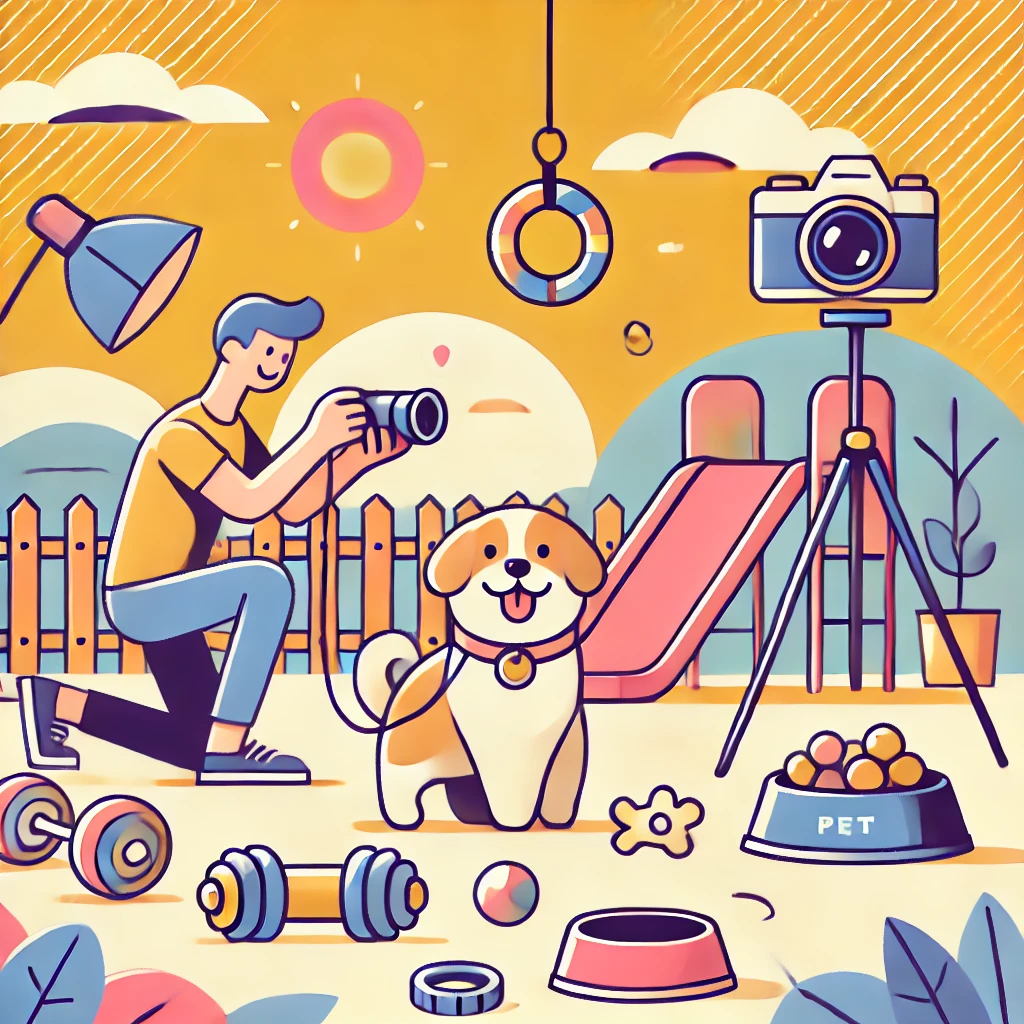
Table of Contents
Introduction to Drone Photography
Drone photography has revolutionized the world of photography, allowing photographers to capture breathtaking aerial shots that were previously impossible or expensive to achieve. Whether you are a professional photographer or an enthusiastic hobbyist, mastering the art of drone photography can elevate your work to new heights. This article provides five powerful tips that will help you transform your drone photography shots into masterpieces. We will cover essential aspects such as pre-flight planning, weather conditions, camera settings, battery management, and staying compliant with regulations. Let’s jump in!
India is home to many iconic landmarks and natural wonders. Here are a few must-visit locations for breathtaking drone shots:
- Taj Mahal, Agra: Capture the beauty of this iconic monument from a unique aerial perspective. Be sure to check for specific permissions and restrictions.
- Backwaters, Kerala: The serene backwaters offer stunning reflections and lush greenery, perfect for tranquil drone photography.
- Rann of Kutch, Gujarat: The vast white salt desert creates a dramatic and unique landscape for aerial shots.
- Himalayas, Himachal Pradesh and Uttarakhand: The majestic mountains provide a breathtaking backdrop for adventurous drone photography.
1. Pre-Flight Planning
Choosing the Right Location
One of the first steps in pre-flight planning is selecting the perfect location for your shoot. Look for areas with interesting landscapes, patterns, and structures that stand out from above. Websites like Google Maps can be incredibly helpful for scouting locations. Always get permission if you are planning to fly in restricted areas.
Understanding the Flight Path
Before taking off, outline a clear flight path. This includes understanding the altitude you plan to fly at and identifying any potential obstacles. Make sure you never fly in the flight path of other air vehicles.
2. Weather Conditions
Check the Forecast
Weather can make or break your drone photography session. Always check the weather forecast before you head out. Ideal conditions include clear skies and minimal wind. Windy conditions can make it difficult to maneuver your drone and can result in shaky footage.
Lighting and Time of Day
Lighting plays a critical role in photography, and drone shots are no exception. The golden hours—shortly after sunrise and before sunset—offer the best lighting conditions. Soft light during these times can add depth and warmth to your images.
3. Camera Settings
Manual Settings
Auto settings can be convenient, but for the best quality, switch to manual mode. Adjust ISO, shutter speed, and aperture to get the perfect shot. For example, lower ISO settings can reduce noise, while a faster shutter speed is excellent for capturing fast-moving subjects.
Shooting in RAW
Always shoot in RAW format. RAW files retain all the data captured by the camera sensor, giving you more flexibility in post-processing. This can make a significant difference, especially when it comes to color grading and exposure adjustments.
This article outlines some great camera settings for drone photography.
4. Battery Management
Pre-Flight Battery Check
Your drone’s battery life is crucial for a successful shoot. Always check the battery status before you take off. Ensure that it is fully charged and in good health. Investing in extra batteries is always a good idea for extended shoots.
Efficient Usage
During your flight, monitor your battery usage and return home well before the battery is depleted. Many drones, like those supported by Xora, come with battery management systems that can automatically bring your drone back when battery levels drop to a critical point.
5. Regulations
Understanding Local Laws
Staying compliant with local regulations is vital for both safety and legality. Different countries and even regions within countries have varying rules for drone usage. Research and understand these regulations thoroughly before you fly.
Register Your Drone
In many jurisdictions, drones over a certain weight must be registered with the appropriate authorities. Make sure your drone is registered if required and that you carry proof of registration during your flights.
Before you fly your drone in India, familiarize yourself with the local regulations. The Directorate General of Civil Aviation (DGCA) has specific rules for drone operations, including registration requirements, no-fly zones, and altitude limits. Make sure you:
- Register Your Drone: All drones need to be registered with the DGCA.
- Obtain Necessary Permissions: Depending on your location and the purpose of your flight, you might need additional permissions.
- Check No-Fly Zones: Avoid restricted areas, such as near airports, military bases, and certain government buildings.
For detailed information, visit the DGCA website.
Relevant Statistics and Data
Did you know that according to the FAA, the drone industry is expected to grow to $63.6 billion by 2025? With more drones in the sky, mastering drone photography has never been more relevant. Additionally, research by Statista shows that images and videos with aerial perspectives receive 45% more engagement on social media compared to traditional photography.
Conclusion
Drone photography is a rapidly evolving field that offers limitless creative opportunities. By following these five powerful tips—pre-flight planning, checking weather conditions, optimizing camera settings, managing battery life, and staying compliant with regulations—you can significantly improve your drone photography skills and transform your shots into masterpieces.
Drone photography in India opens up a world of creative possibilities, allowing you to capture the country’s beauty from new heights. By understanding local regulations, planning your shots, and optimizing your settings, you can create stunning aerial images that showcase the diverse landscapes of India. Always prioritize safety and respect local culture to ensure a positive and enriching drone photography experience.
Ready to elevate your photography? Xora allows you to focus on your creative self, and helps you manage your business on automation. Try Xora with a free trial and a money-back guarantee today!
For more tips and in-depth guides, check out our other articles on photography here. Have a question or a tip to share? Leave a comment below!



















